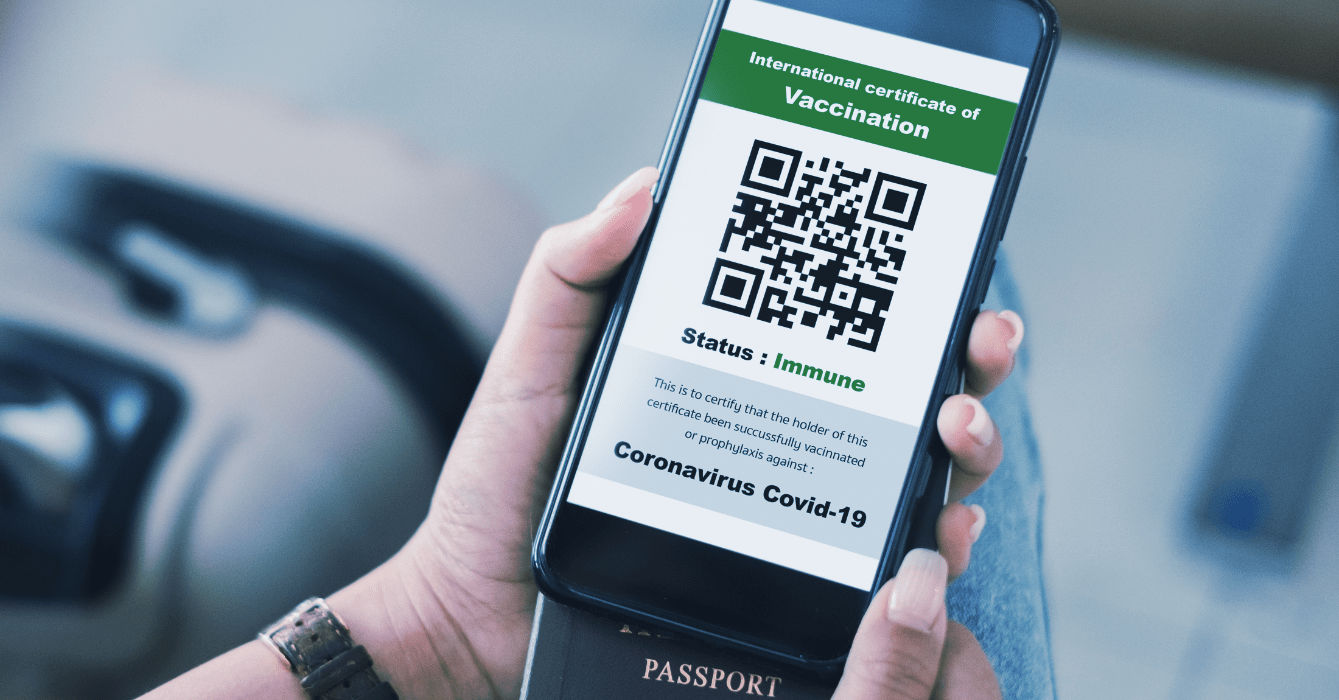When it comes to risk management, travel is a largely unregulated domain. But today’s release of the first guidance for the travel industry by ISO, the international standards body, dramatically redefines the world of travel risk management. Called ISO 31030, it has significant implications for corporate travel managers, TMCs and anyone involved in planning, delivering or taking business trips.
The good news is that we at GOPASS Global are ready to help you understand and embrace ISO 31030. As the world’s only pre-travel risk management platform which analyses and scores risk, we’re perfectly placed to not only advise you about the changes recommended by the new guidance – we can help you implement them!
What does the ISO 31030 travel risk management guideline mean for travel managers?
The international standards body, ISO, has published its first guidance on travel risk management, which has significant implications for corporate travel managers, TMCs and anyone involved in planning, delivering or taking business trips. The new guidance, known as ISO 31030, covers risks to everything from data, business continuity and reputation to legal, financial and HR operations.
Rather than being worried about its wide-ranging recommendations though, GOPASS Global CEO Mark Radford says the industry should embrace the new ISO guidance with open arms. “We’re excited to have these ISO protocols assisting in the process of safe travel, something we’ve been advocating since our inception.” he says.
Radford says that as a data-based company, GOPASS Global is all about adhering to standards. “It’s part of our DNA and we are perfectly placed to help our customers and travel planners everywhere get on board. In fact, we are the world’s only pre-travel risk management platform which analyses and scores risk in the way that ISO is recommending.”
Why is travel risk management (TRM) important?
People travelling on business, whether international or domestic, can be faced with unfamiliar situations that have different risk profiles to those of their normal location. Natural disasters, disease outbreaks such as COVID-19, terrorist attacks, civil conflict, crime and cyber threats can threaten the safety, security and health of travellers.
Travel risk management (TRM) requires organizations to anticipate and assess the potential for events, develop treatments and communicate anticipated risk exposures to their travellers as part of their “duty of care” to their employees.
What are some of the key focus areas of the ISO 31030 guideline?
The central objective of ISO 31030 is to “promote a culture where travel-related risk is taken seriously, resourced adequately and managed effectively.” Other prominent features include:
Roles in travel risk management
The guideline highlights that everyone in the company has a role to play, from senior management, who should demonstrate ownership and be accountable for travel risk management, to employees who need to make themselves aware of company policies and processes as part of a “duty of loyalty”.
Travel risk assessments
Travel risk assessments should be undertaken by someone with sufficient expertise to understand the implications of travel risk and to help assign a quantitative or qualitative measure of risk acceptability. The results of risk assessment should be recorded and inform decisions about risk treatment options.
Pre-planning and risk monitoring
When confronted with globally disruptive events, such as the pandemic, pre-planning and risk monitoring become even more critical.
A mandatory booking process should be developed to clearly outline the booking channels that may be used for all forms of travel, transport, and accommodation. Companies may choose to engage a technological platform to triage trips, for example, triggering an automated authorization for low-risk travel whilst flagging other travel for closer scrutiny.
Traveller tracking
Arrangements for traveller tracking are also vital. Knowing the location of personnel is essential to warn them of threats and hazards, and protecting them from, during and after an incident.
Travel risk management dashboards
A travel risk management (TRM) intelligence dashboard, to assist risk assessment and reporting of metrics, is recommended. Depending on the size and complexity of the organization, this could range from a small ad hoc database up to an outsourced provider with subject matter expertise in TRM. The ISO 31030 guidance also notes that heat maps are a useful way to quickly and visually communicate the likelihood of organizational risk to leaders.
Why is the ISO 31030 good news for travel managers?
ISO 31030 will raise the profile of travel management, says Radford. “It’s a godsend in many ways because it not only reinforces the importance of the role, but should also give managers the resources they need, especially in challenging times like now, to do their jobs more effectively. They may even be able to help lower the company’s insurance premiums.”
What should travel managers do next?
It’s important to familiarise yourself with the key elements of the guidance. You can order it through ISO and read an extract here: ISO – ISO 31030:2021 – Travel risk management — Guidance for organizations. Next, as a travel manager, why not take the lead and help organise a cross-department team to review the implications and response within your company. As Mark Radford notes: “This is a golden opportunity for travel managers to reinforce their value to the company by ensuring a higher degree of safety for their customers and colleagues in an increasingly fraught travel landscape.”
Most importantly, stay close to us at GOPASS Global and follow us on LinkedIn. In the coming days, we’ll be showing you how our unique pre-travel risk management platform deals directly with so many of the critical aspects of the ISO 31030. We’re in for an exciting ride together.
Photo by Edrece Stansberry on Unsplash



